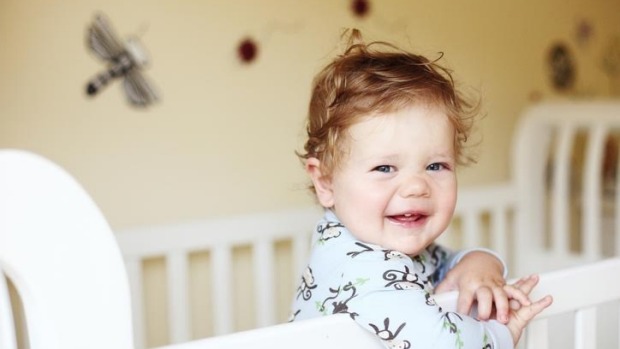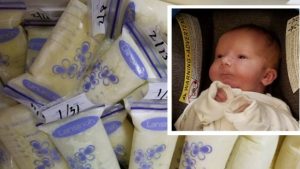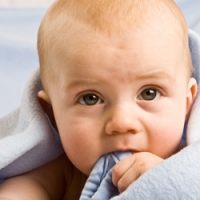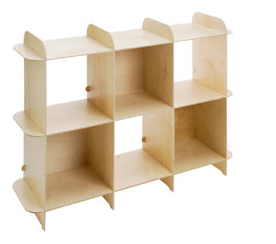Injuries associated with common nursery products, including baby carriers and strollers, are on the rise in the US.
Research published this week in the journal Pediatrics highlighted that between 2003 and 2011 there was a 23.7 per cent increase in injuries to kids under three, attributed to common products most of us use regularly.
Study authors analysed 21 years of data from emergency rooms. And while it’s important to reiterate that the statistics are from the US, and may not align with Australian numbers, they do serve as a good reminder of adhering to safety standards when it comes to purchasing and using baby products.
Nursery product-related injuries were most commonly associated with baby carriers (19.5%). This was followed by:
cribs/mattresses (18.6%)
strollers/carriages (16.5%)
baby walkers/jumpers/exercisers (16.2%).
While almost 90 per cent of injuries occurred at home, 80 per cent were due to falls. Head and neck injuries were the most common type recorded, followed by injuries to the face.
Alarmingly, based on their findings, researchers estimated that a child three years of age or younger is treated in a US emergency room for a baby-product related injury every eight minutes.
The authors note: “Although successful injury prevention efforts with baby walkers led to a decline in nursery product–related injuries from 1991 to 2003, the number and rate of these injuries have been increasing since 2003.” As such, they continue, “greater efforts are warranted to prevent injuries associated with other nursery products, especially baby carriers, cribs, and strollers”.
Tracy Mehan, of the Centre for Injury Research and Policy in Ohio, who worked with the research team, told NPR that reading the manual is important when it comes to using baby products correctly. While this might seem like common sense, it can be overlooked in the excitement – and chaos – of new parenthood.
“It can be really exciting to bring home a new product, and you want to try it out and use it right away,” Mehan said. “But taking a few minutes to look at [the manual] to see how [the product] works, where to use it and confirming it’s the right one for your child’s age and size can prevent mishaps.”
According to the study, between 2009 to 2012, nursery products were the leading children’s product category recalled in the US. Previous research, however, has noted that an estimated 80 per cent of recalled children’s products remain in customers’ homes, following a recall notice – something we all need to be mindful of.
“Although manufacturers do a very good job of connecting with parents while selling them nursery products, they need to do a better job reaching out to them to let them know when there is a problem,” said lead author Gary Smith. “It’s unacceptable that up to 80 per cent of recalled children’s products remain in homes of consumers following a recall and many parents continue to use these products, unaware that they are unsafe.”
To reduce the risk of injury, the authors also recommend parents follow the four Rs: “Before bringing any of these items into your home, research them, check for recalls, register your products, and read the manuals,” Mehan said. “These are important steps that parents can take to help prevent an injury to their child.”
Closer to home, Kidsafe has a number of other recommendations for Australian parents to follow when it comes to product safety.
Always use the harness provided in strollers and high chairs.
Purchase equipment that has the Australian Standards tick of approval.
As babies can roll off changing tables and other raised surfaces, make sure you have everything you need to use close by when changing the baby. And always keep one hand on the baby.
Kidsafe advises against the use of baby walkers, noting that these are especially dangerous around hazards such as fire places and stairs.



